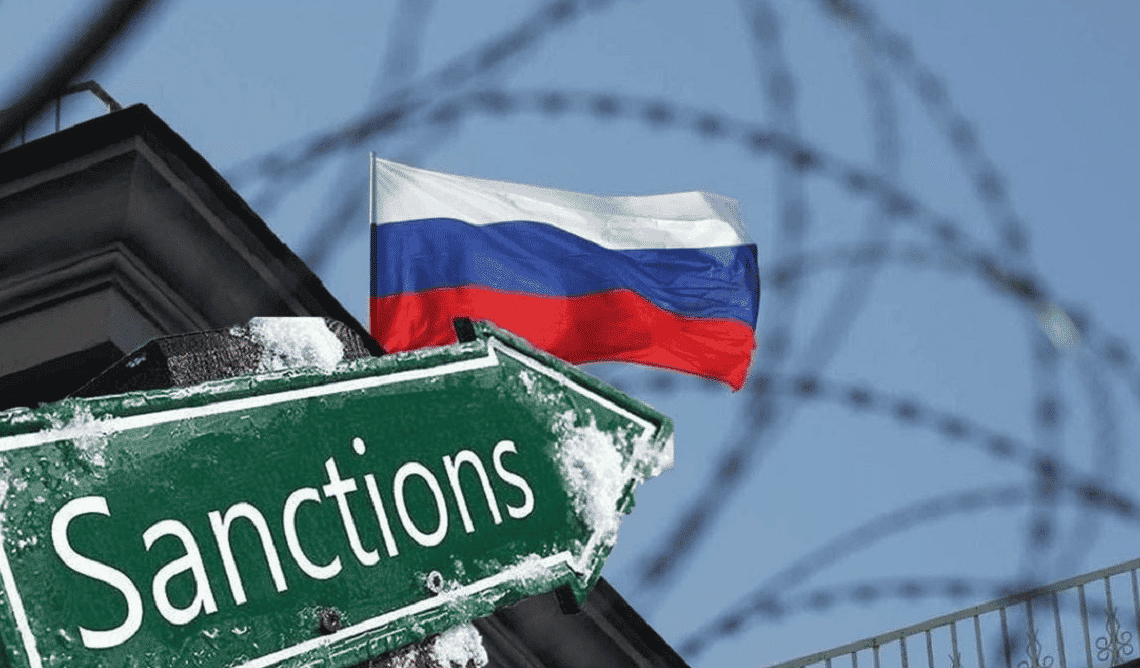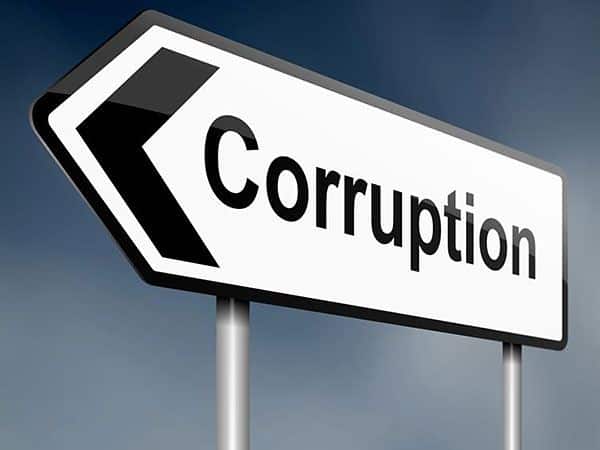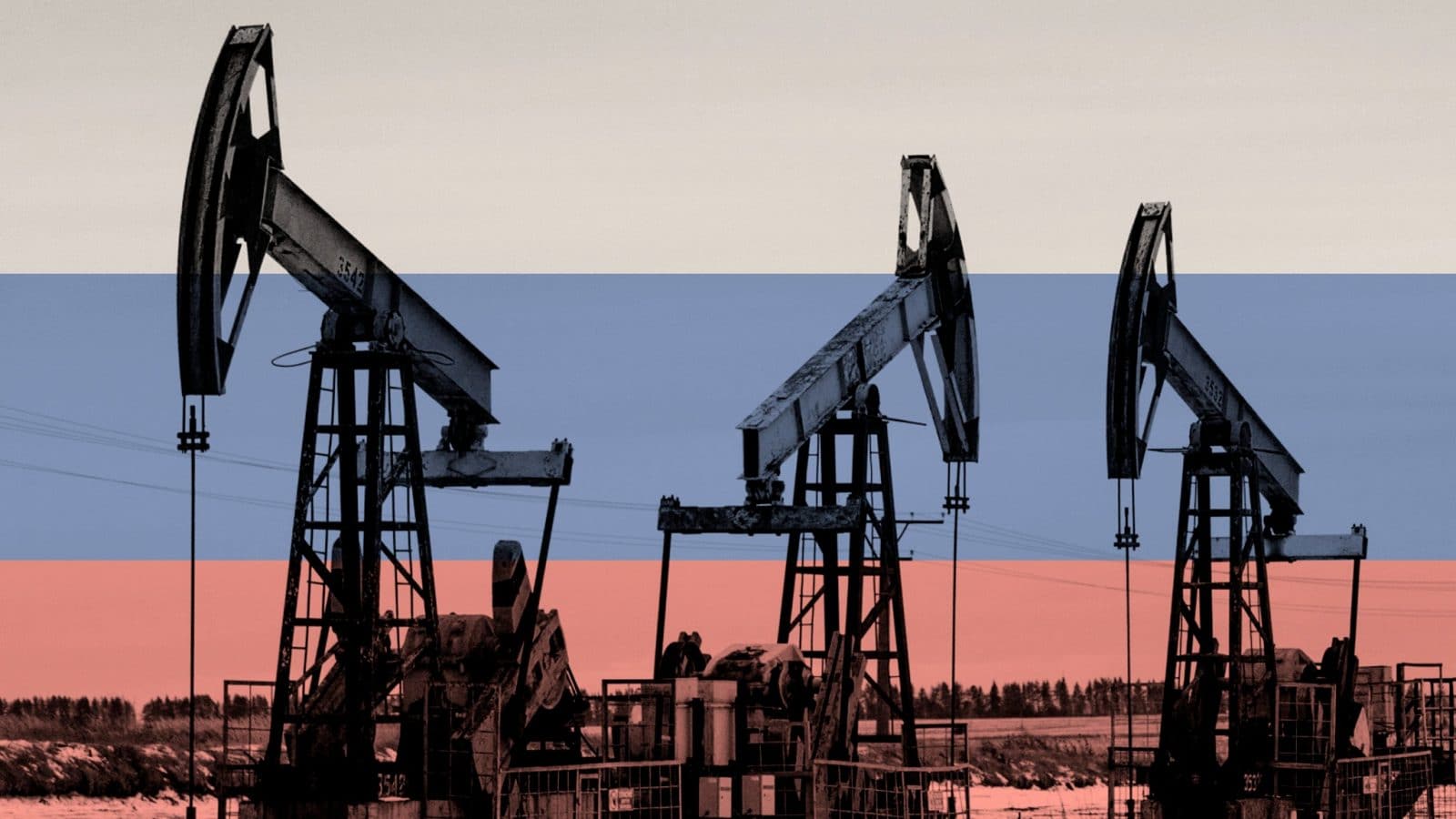Historical parallels and lessons from the Marshall Plan
The historical experience of the USA and the economic interests of American corporations can provide substantial assistance in the reconstruction of Ukraine’s economy and infrastructure after the end of the war.
Recently, in the New York subway, the author of the article saw a woman in a formal office dress (clearly on her way to work), with a bag over her shoulder that had the inscription “Ukraine will win”.
Such an inscription cannot cause any controversies, as many in the USA adhere to such a belief.
However, Ukraine’s victory on the front cannot be secured without a massive reconstruction of the economy and infrastructure — demining territories, restoring roads, factories, housing stock, all of which have been destroyed as a result of the aggression by the Russian Federation.
The World Bank has already calculated that the cost of Ukraine’s reconstruction after the Russian invasion will be no less than $411 billion. In June, at a conference in London dedicated to the reconstruction of Ukraine, European countries and the United States announced their intention to assist in this effort.
However, will these good intentions translate into real actions, and will the USA, an important partner of Ukraine, actively participate in the reconstruction? Two factors suggest a positive answer — the historical experience of the USA in rebuilding Europe after World War II and the economic interests of large American corporations with significant political influence.
In the context of the reconstruction of the Ukrainian economy, the Marshall Plan is often mentioned: just as in Ukraine today, the economy of Europe was devastated by fascist aggression. For instance, in 1945, industrial production in the Netherlands and France was only 34-46% of pre-war levels, in Germany and Italy — 20%. Housing stock was also destroyed: by the end of the war, 25 million inhabitants of Western Europe found themselves homeless. Agriculture was in decline. France, Italy, and Britain were facing famine. In many major cities in Europe, the caloric intake per person was no more than 800 per day.
However, the similarity with the present day is not limited to the scale of destruction. The point is that the Marshall Plan was created to protect Western Europe from the same Russia (USSR). It must be acknowledged that autocracy in Russia is extremely stable — dictators come and go, but their policies, rhetoric, and tactics remain unchanged.
While Americans talked about hopes for a peaceful future and cooperation, the Soviet representative Molotov, in a familiar tone to Ukraine, stated that his country was surrounded by enemies and therefore needed a large sphere of influence as a guarantee of security.
The threat of a Third World War emanating from Moscow first loomed over Europe in 1947. In response to this threat, the US government arrived at a crucial conclusion, which later influenced the economic assistance the US provided to many countries: economic stability and prosperity are the best defense against Russian influence and aggression. Prosperity, believed one of the main architects of the Marshall Plan, George Kennan, would grant the recipient countries a psychological advantage over the Soviet Union. In his view, economic aid, in addition to improving material conditions, should awaken in people a sense of purpose and self-worth, which would protect them from the temptation of dictatorship.
Selling the idea of providing economic support to European countries, including Germany, to the American public in 1947 was not an easy task. In the USA, there were strong advocates of isolationism — as usual, from the far-right and far-left. However, by the end of the Marshall Plan campaign, 56% of Americans supported investing large sums in Europe’s recovery, while only 17% were against it. And Europe justified the trust. The countries that received aid quickly transformed from poor relatives into prosperous clients and partners in trade and defense matters. By mid-1952, when the USA officially terminated the assistance, industrial production in Marshall Plan countries had increased by 60%.
The positive experience of the Marshall Plan will undoubtedly serve as an argument for significant aid to Ukraine after the war, and its fundamental principles could serve as a roadmap for Ukraine’s recovery.
See also: 5 steps towards Russian funds for reconstruction of Ukraine
According to the Marshall Plan, recipients of US grants were required to produce a certain amount of goods, stabilize their currency, and implement structural reforms. Similar requirements can be expected during the period of Ukraine’s economic reconstruction.
In its domestic policy, the US government, just like during the time of the Marshall Plan, needs to advocate for economic assistance to Ukraine as much as for military aid. Bipartisan support for the reconstruction plan will be crucial.
To ensure such support for the Marshall Plan program, Democrat Truman appointed a Republican and businessman — the director of the renowned automobile company Studebaker, Paul Hoffman, as the head of the reconstruction project.
Economic interests of American corporations in Ukraine’s recovery
In our time, the involvement of major corporations in Ukraine’s recovery will also play a significant role in securing bipartisan support. Among the companies interested in Ukraine’s reconstruction, there are numerous mega-corporations. Some of them have already signed agreements with Ukraine. For instance, the company AECOM, which has over 50,000 employees and specializes in infrastructure construction, has entered into an agreement to assist in the reconstruction of Ukraine’s infrastructure. AECOM will provide project management, cost estimation, and engineering support.
Bechtel has signed a memorandum of understanding with the State Agency for Reconstruction and Development of Ukraine’s Infrastructure regarding the Kakhovka Dam and transport corridors. Bechtel, by the way, already has experience working in Ukraine. From 1998 to 2019, the company was involved in the Chornobyl Shelter Fund project, overseeing the design of the new confinement structure to enclose the damaged reactor.
Companies associated with extractive fuels — ExxonMobil Corp, Halliburton, and Chevron, as reported by the Financial Times, have begun negotiations for projects in Ukraine and collaboration with Naftogaz. (All three corporations are business giants. For example, Halliburton employs more than 42,000 people, Chevron — 43,000, ExxonMobil — 62,000.)
The American company Caterpillar, with sales and revenue amounting to $59.4 billion, is likely to be involved in infrastructure reconstruction as well. Caterpillar, a leading manufacturer of construction equipment, is interested in international projects. It is also involved in construction projects in Israel. Caterpillar is concerned about Ukraine’s fate as well: shortly after the start of the full-scale invasion, the company announced that it is allocating more than a million dollars to “support needs related to the humanitarian crisis in Ukraine.”
Large companies in the USA actively finance political parties. Typically, the same firms contribute to both Democrats and Republicans, but they still tend to have a preference for one party or the other.
Big business usually leans closer to Republicans. Halliburton, Bechtel, and ExxonMobil have had close political ties with the Republican Party for many decades. For instance, from 1995 to 2000, Dick Cheney, who later became Vice President under George Bush, was the CEO of Halliburton. Rex Tillerson, the former CEO of ExxonMobil, served as Secretary of State during Donald Trump’s administration.
On the other hand, Caterpillar tends to support Democrats, which is quite rare for a major corporation. The company did not make contributions to federal lawmakers who objected to confirming the results of the 2020 presidential elections, and it publicly condemned the Capitol siege by Trump supporters who did not recognize the election results.
In the Ukraine recovery project, private companies and corporations, utilizing their political influence, will exert pressure on congressmen, parties, and electoral campaigns to which they have contributed resources. Seeking security guarantees for their investments, they will undoubtedly advocate for Ukraine’s accession to NATO.
This demand will also establish a precedent associated with the Marshall Plan. After all, the economic investments by the USA in post-war Europe led to the necessity of protecting what had been built and creating the North Atlantic Treaty Organization (NATO) as a defensive alliance against aggression.
Originally posted by Anna Krotkina-Brodsky on Zaxid.net. Translated and edited by the UaPosition – Ukrainian news and analytics website





